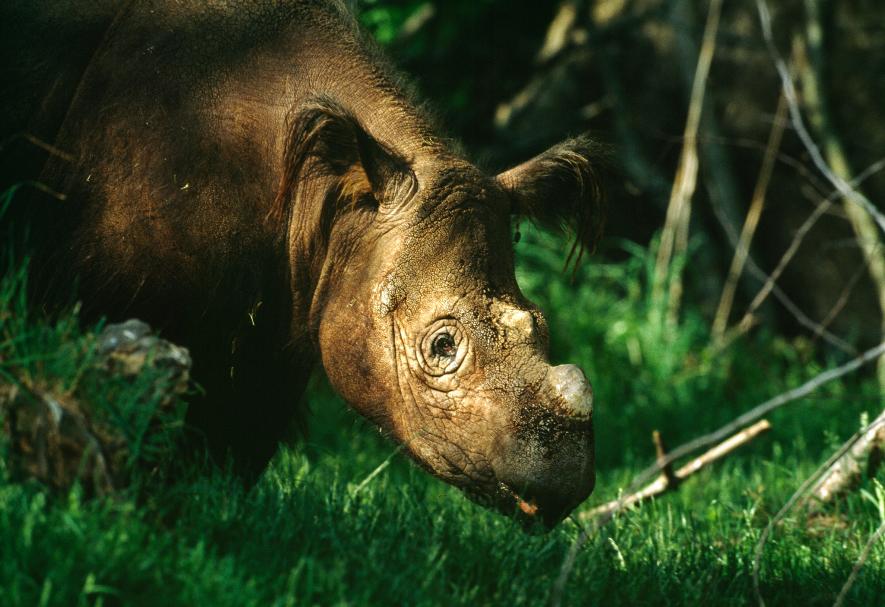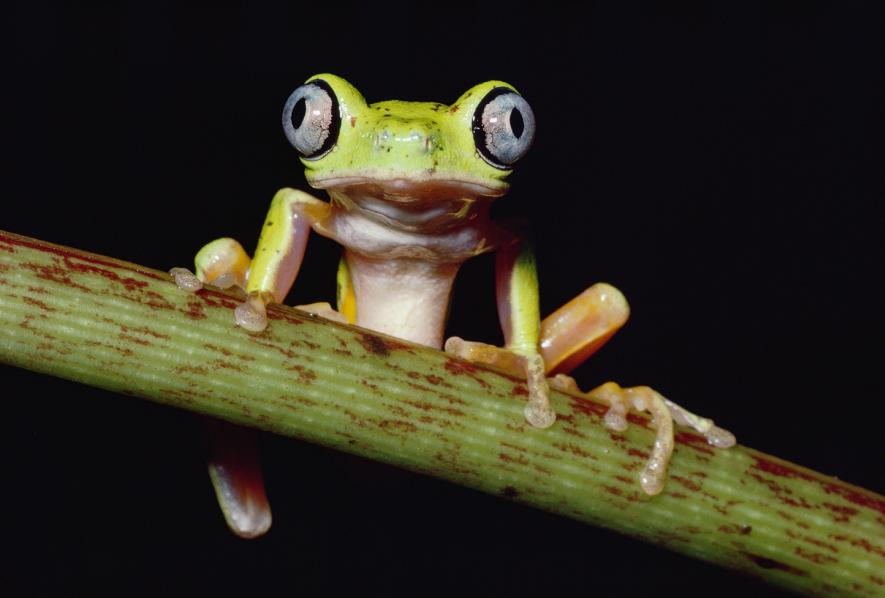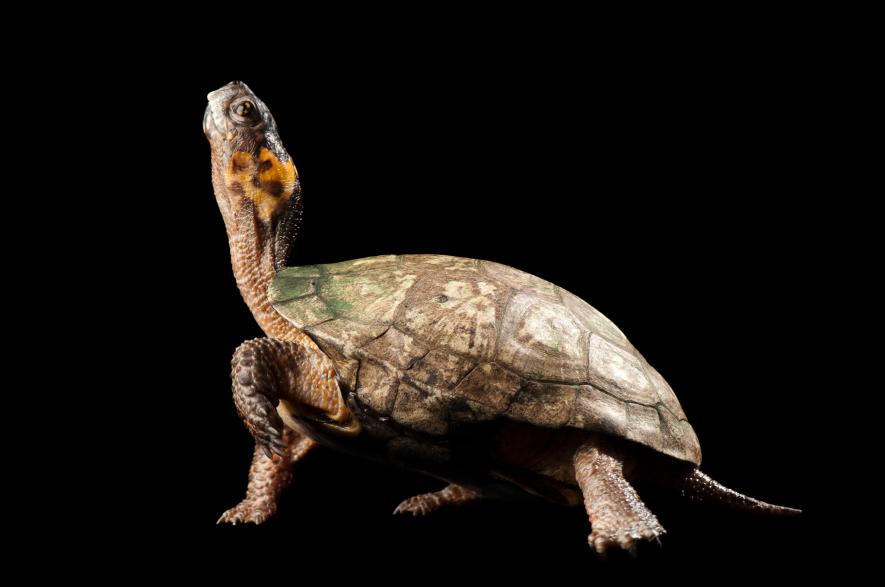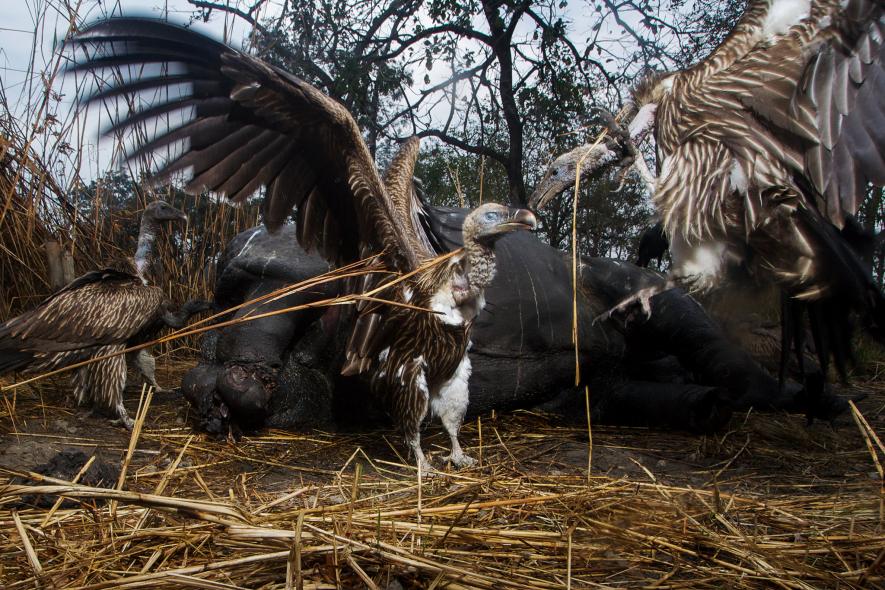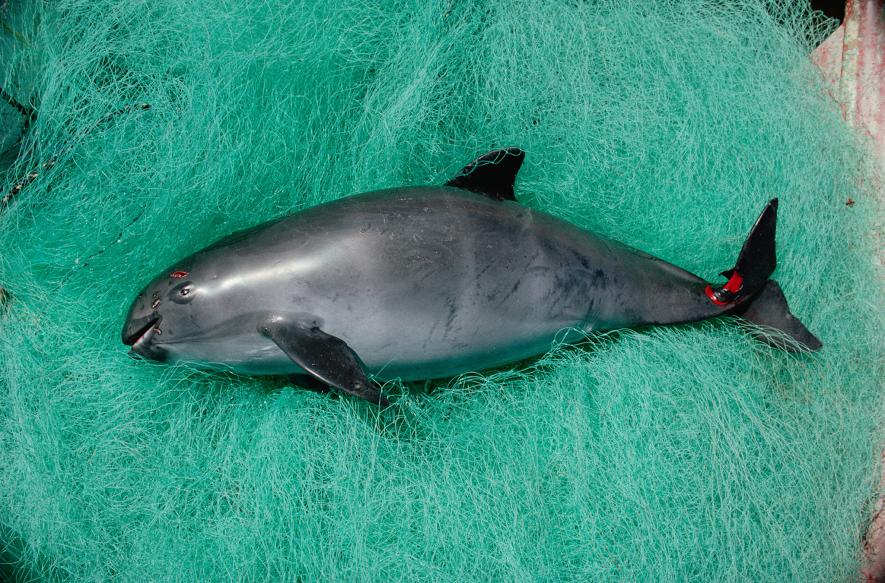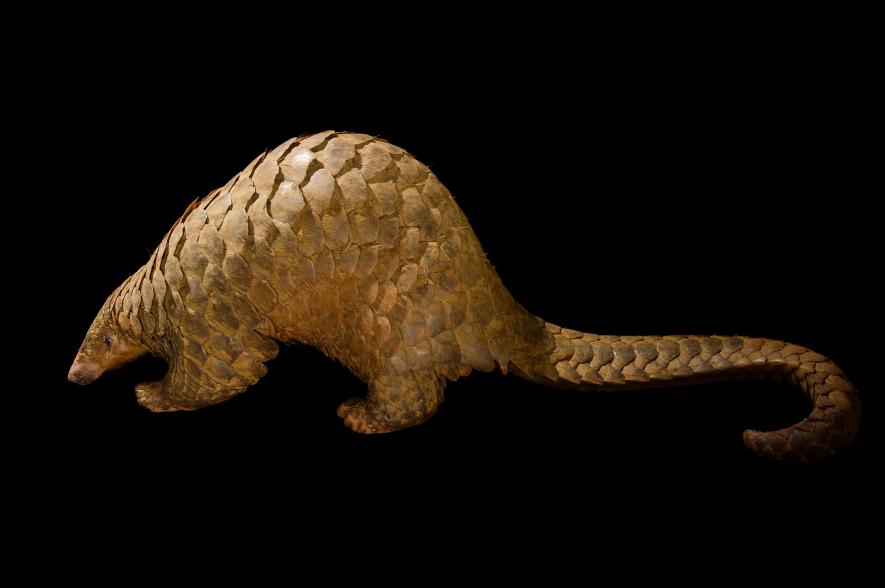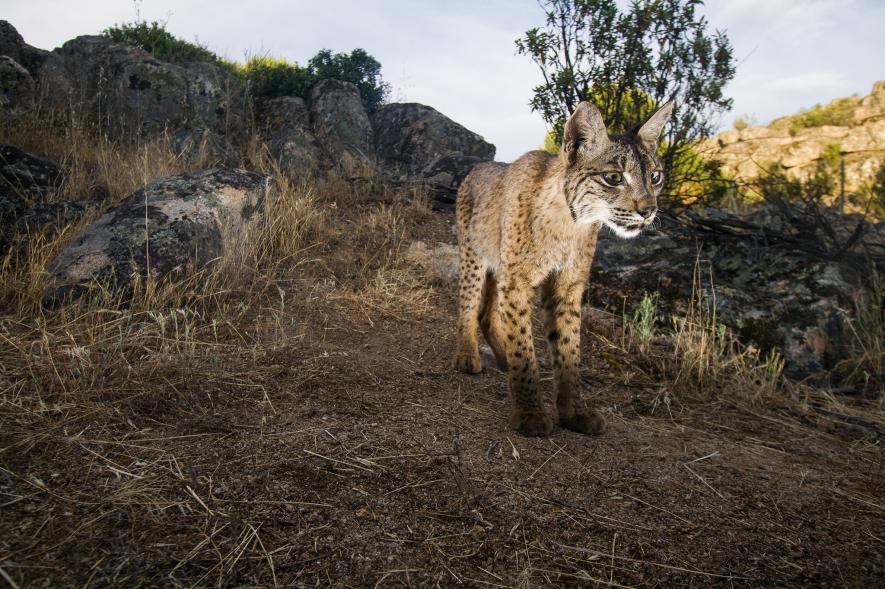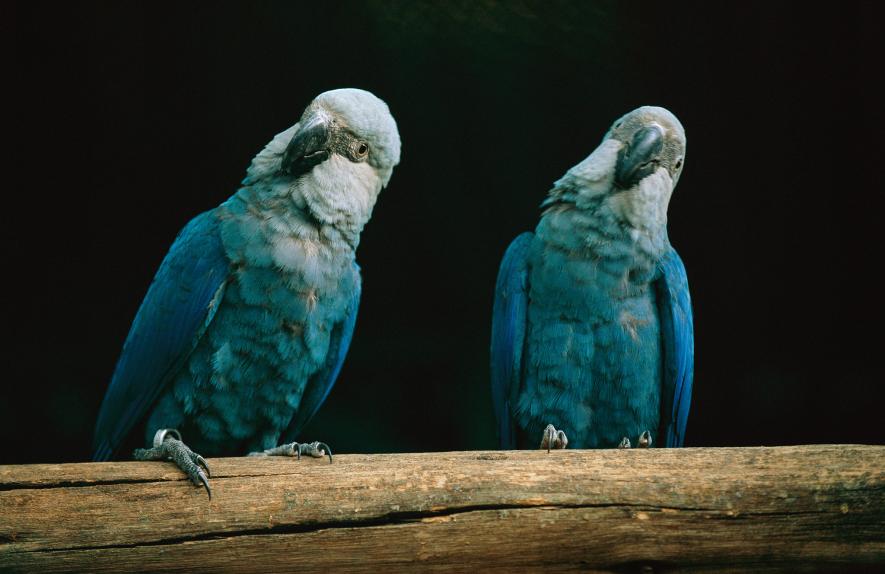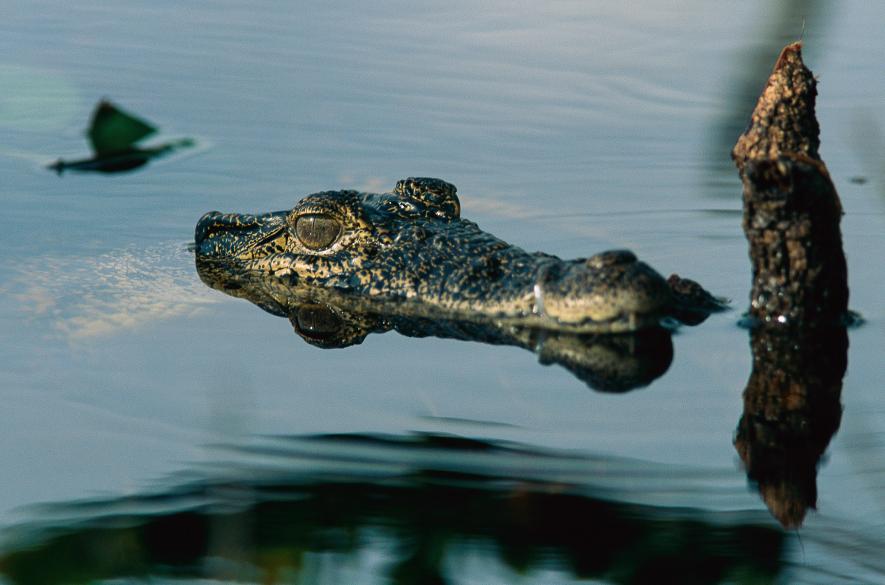12 Extraordinary Pictures Show Animals Headed for Extinction
The term “endangered species” usually brings to mind charismatic animals—fluffy pandas and majestic tigers. But there are thousands of lesser-known species that are in greater danger of disappearing.
These animals, categorized as “critically endangered” by the International Union for Conservation of Nature and Natural Resources (IUCN), face what the organization calls “an extremely high risk of extinction in the wild.”
“These species are really on the edge, in need of serious intervention,” says Barney Long, Director of Species Conservation in the United States for the World Wildlife Fund. “They won’t recover on their own.”
Two big threats are driving these animals toward extinction: habitat loss and poaching.
To mark Endangered Species Day in the U.S. (May 15), here are pictures of 12 endangered species around the world, taken from National Geographic’s archive.
Lemur Leaf Frog
A closeup of a lemur leaf frog in Costa Rica. Primarily found in Central America, the lemur leaf frog has experienced severe population decline as a result of chytridiomycosis, an infectious disease of amphibians caused by the chytrid fungus.
PHOTOGRAPH BY MICHAEL AND PATRICIA FOGDEN, MINDEN PICRTURES
Bog Turtle
Joel Sartore photographed this bog turtle as part of the Photo Ark project, which aims to document all of the world’s 12,000 captive species. Bog turtles’ wetlands habitat is threatened by extreme weather connected to climate change.
PHOTOGRAPH BY JOEL SARTORE, NATIONAL GEOGRAPHIC CREATIVE
Vaquita
The world’s rarest marine mammal, this vaquita was caught in a gill-net in Mexico’s Gulf of California. Less than 100 of these small porpoises remain. The Mexican government’s recent ban on the illegal fishing method has renewed hope for the animal.
PHOTOGRAPH BY FLIP NICKLEN, MINDEN PICTURES
Spix’s Macaw
Spix’s macaws, the inspiration for the film “Rio,” perch on a branch at Sao Paulo Zoo in Brazil. Because of habitat destruction and the illegal bird trade, the rare blue parrot only exists in captivity. The last known wild-born Spix’s macaw died in 2000.
PHOTOGRAPH BY JOEL SARTORE, NATIONAL GEOGRAPHIC CREATIVE


